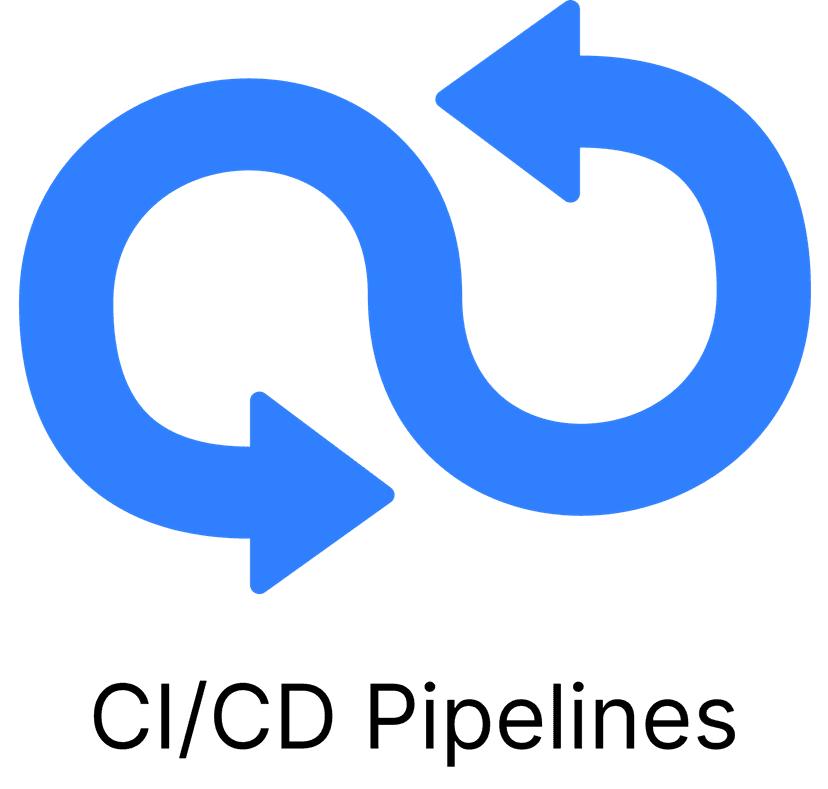CI/CD Pipelines

What are CI/CD pipelines
Definition
CI/CD Pipelines, or Continuous Integration/Continuous Deployment pipelines, are automated processes that enable developers to build, test, and deploy software changes quickly and reliably.
Analogy
Imagine a factory assembly line where each station represents a step in the software development process. As a product moves through the assembly line, it gets tested, assembled, and packaged. CI/CD pipelines work in a similar fashion, with each step in the pipeline representing a stage in the software development process, such as building, testing, and deploying.
In other words
CI/CD pipelines streamline the software development process by automating key stages, allowing for faster and more reliable deployment of changes.
Why are CI/CD pipelines important?
It's one thing to know what CI/CD Pipelines is, but that is worthless if you don't know why you should know what a code repository is in the first place. Let's break down the importance of this tech term based on two high-level categories. We'll walk through an explanation as well as provide a score, 1-10, that shows you how much you should care about CI/CD Pipelines.
Pre-Product: 2/10
If you do not have a product yet, CI/CD pipelines may not be as crucial. However, it's still beneficial to understand the concept, as it will become increasingly important as your product moves through development stages. Familiarizing yourself with CI/CD pipelines early on can help you better plan your development process and set up a strong foundation for future growth.
Live Product: 8/10
For businesses with a live product, CI/CD pipelines are essential. They enable faster deployment of changes, reduce the risk of bugs and errors, and improve overall product quality. By automating key stages in the development process, CI/CD pipelines can save your team time and effort, allowing them to focus on other important tasks.
Examples of CI/CD pipelines
So you know what CI/CD Pipelines is, by definition. You know if you should care about it or not depending on your situation as a business/company/product. To dig in deeper, we will walk through some tools and processes so we can make sure you really have a solid grasp on CI/CD Pipelines.
Popular CI/CD Tools
- Jenkins: An open-source automation server that helps automate parts of the software development process, including building, testing, and deploying. Jenkins is highly customizable and supports a wide range of plugins.
- GitLab CI/CD: A built-in continuous integration and deployment tool within GitLab, a popular web-based DevOps platform. GitLab CI/CD is easy to set up and configure, with a simple YAML file defining the pipeline stages.
- Travis CI: A hosted continuous integration service that integrates with GitHub, allowing developers to automate their build and test processes for projects hosted on the platform.
- CircleCI: A cloud-based continuous integration and deployment platform that supports various programming languages and integrates with popular version control systems, like GitHub and Bitbucket.
Key Takeaways:
- CI/CD pipelines automate key stages in the software development process, allowing for faster and more reliable deployment of changes.
- If you do not yet have a product, understanding CI/CD pipelines can help you plan your development process more effectively.
- For businesses with a live product, CI/CD pipelines are essential for improving product quality and reducing the risk of bugs and errors.
- There are various CI/CD tools available, such as Jenkins, GitLab CI/CD, Travis CI, and CircleCI.

